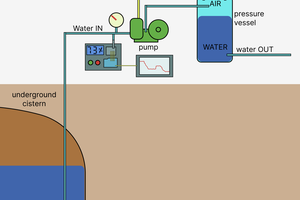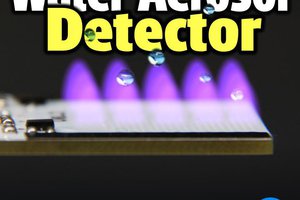Remote level sensing. Useful for things like windshield washer fluid, radiator overflow tanks, etc. The sensing surfaces can be metal tape on the outside of a nonconductive tank, or insulated wire inside the tank. The insulation MUST be impervious to whatever liquid, then it can measure oil, gasoline, water, etc. Linearity depends on consistent spacing/size of the detector surface, and shape of the tank.
You could alter the sensor surface shape and/or distance to compensate for an oddly shaped tank, if you wish. I've spiraled Teflon insulated wire to get more surface area, in order to get readings even from a small 4 ounce inkjet ink tank. This sends short OFF pulses, measure the ON time to get a reading of capacitance. Calibrate in software. Do NOT ground the sensor end to the chassis in a car, as you may have ground loop induced errors if you do.
C1 must be a stable capacitor. A ceramic NP0 or C0G, or in a more temperature controlled environment, a polystyrene capacitor. You will zero this out in software. Easily calibrated by just emptying the tank, measure timing, fill the tank, measure timing. Short when empty, longer when full. If linearity is very important, you could fill the tank 10% at a time and make a correction in software.
This can also be used as a person detector by adding metal tape or wires on either side of a door frame, or as a touch switch, or anything that can be detected by change in capacitance. I've used this to keep track of water in potted plants.
The wires must be insulated with material that survives whatever it is in. PVC insulation is bad in contact with water or just about any liquid. Epoxy-fiberglass PCB material absorbs water and so is also a bad choice.
 Steven J Greenfield
Steven J Greenfield
 Jan Neumann
Jan Neumann
 Claudio G. Hutte
Claudio G. Hutte

 will.stevens
will.stevens